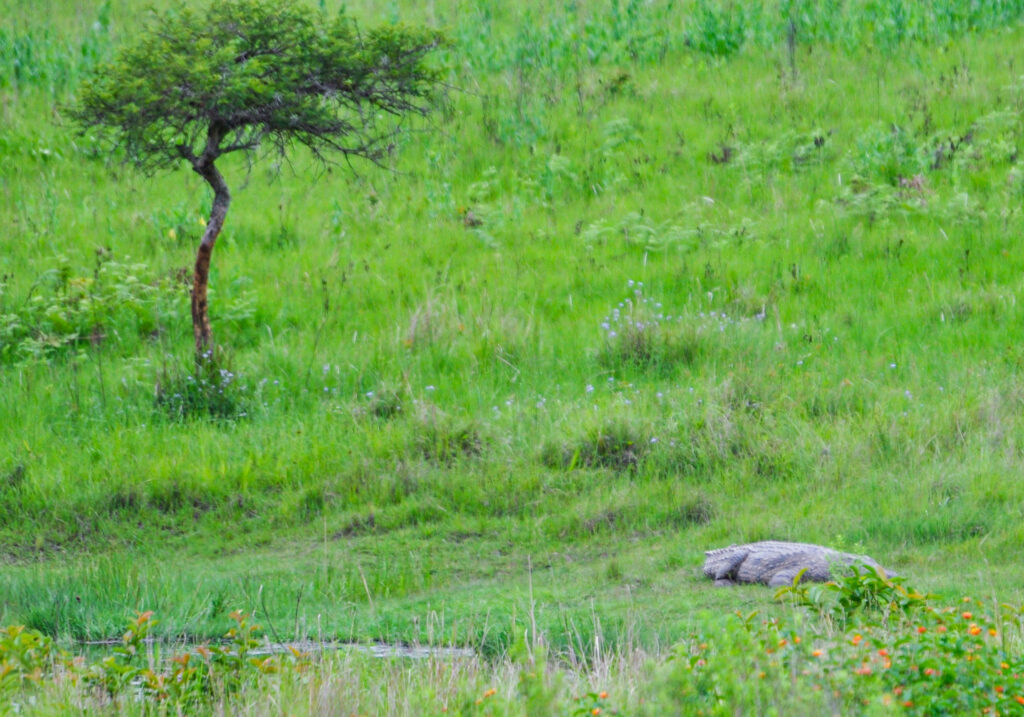Last Friday, we went to Mbuluzi Game Reserve for Rich’s work! We delivered coffee from the farm, and Rich met with the Reserve Manager. We met in the field so got to see some of their work on brush clearing – a problem throughout the world in arid and semi-arid ecosystems. First we had to drive to get to that side of the reserve, with a little river crossing – much easier than the one I did in Kakadu N.P. in Australia with my mom and sister.
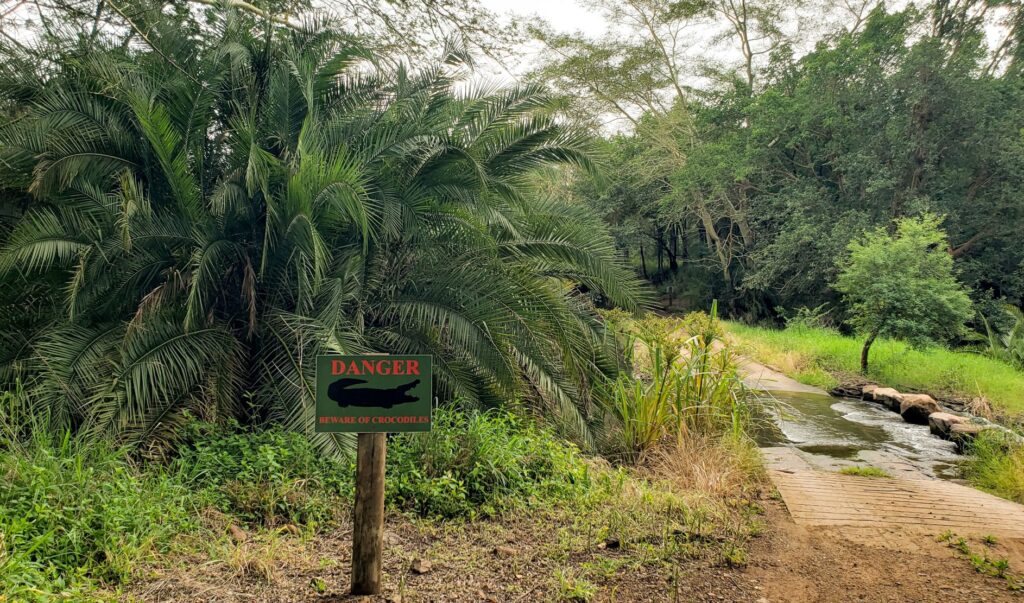
We also got to see giraffes (tindlulamitsi)! I just love giraffes (who doesn’t) and was excited that they are present here since I have been pining to see giraffes. In Tanzania, I couldn’t wait to see an elephant, but for some reason, this time it was giraffes.
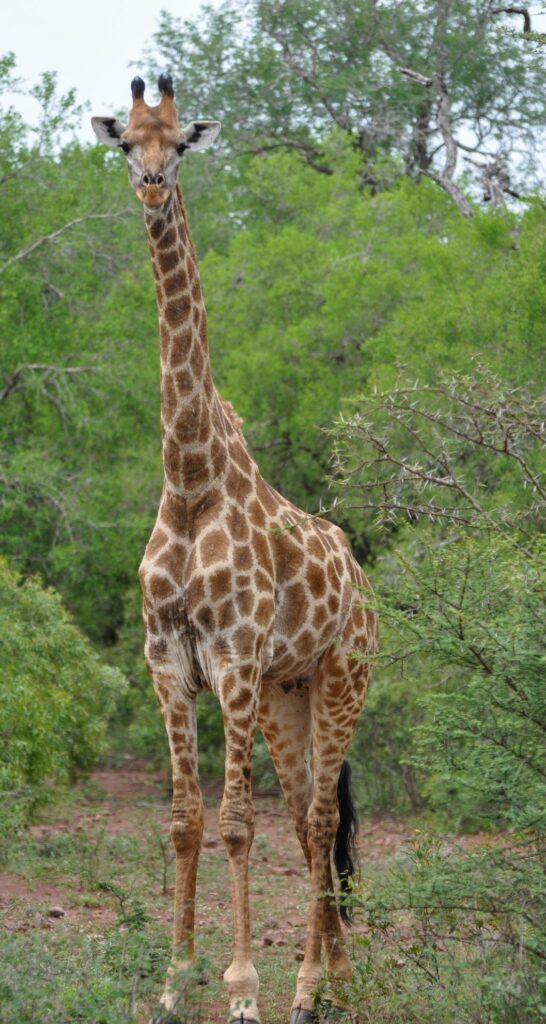
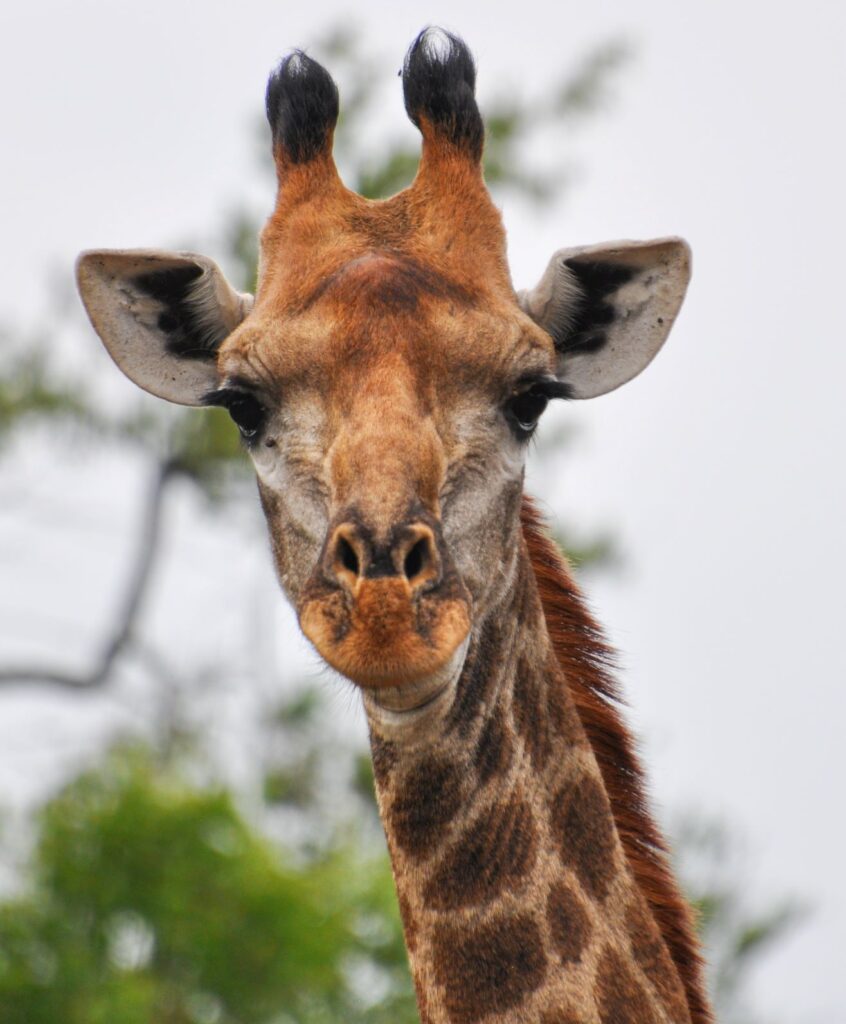
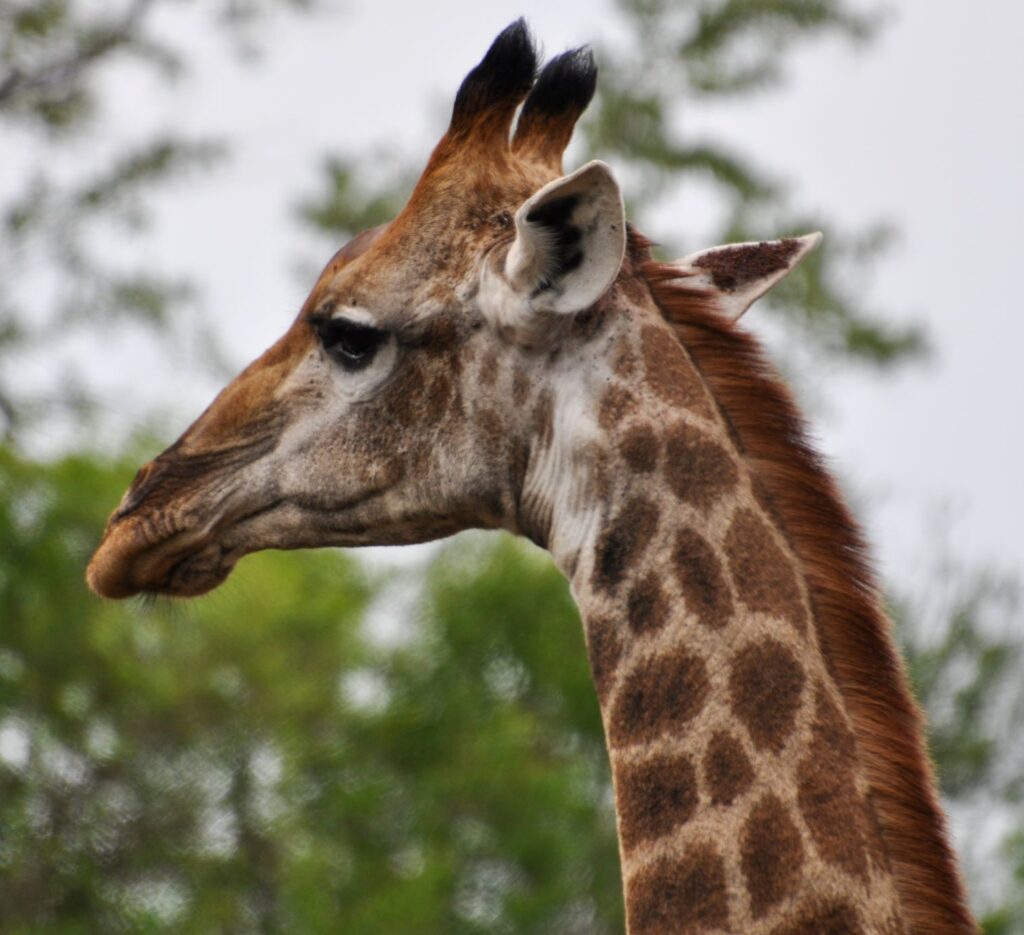
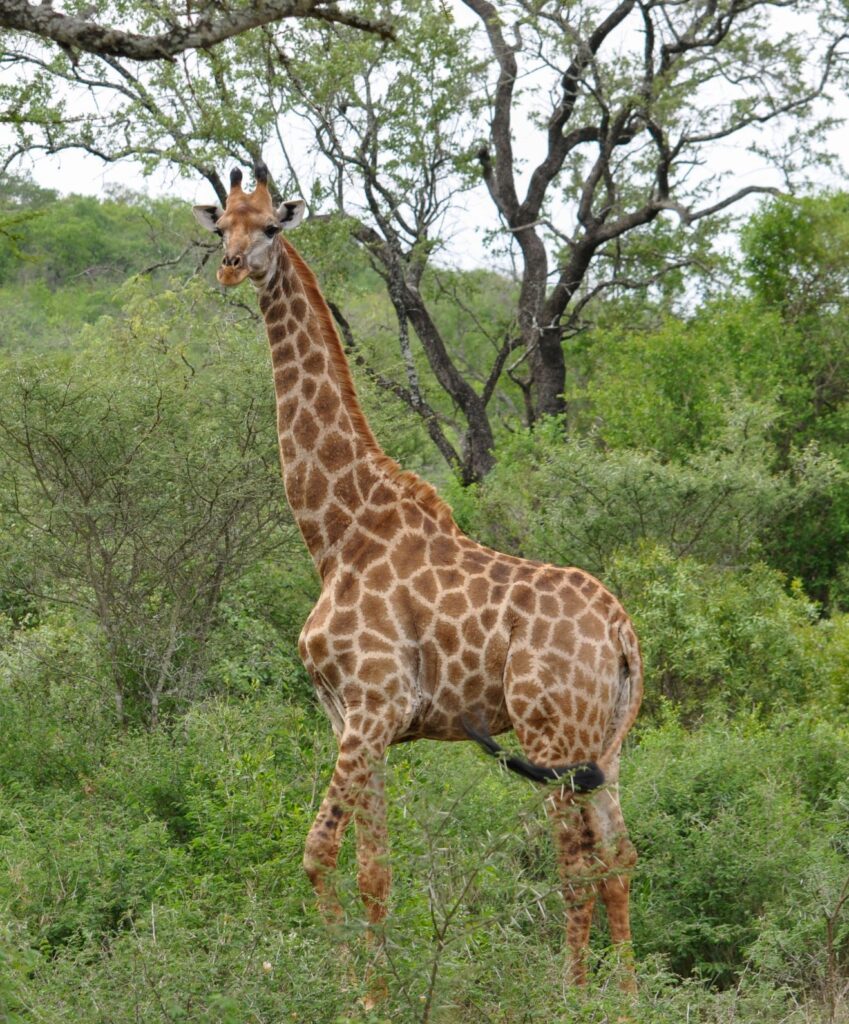
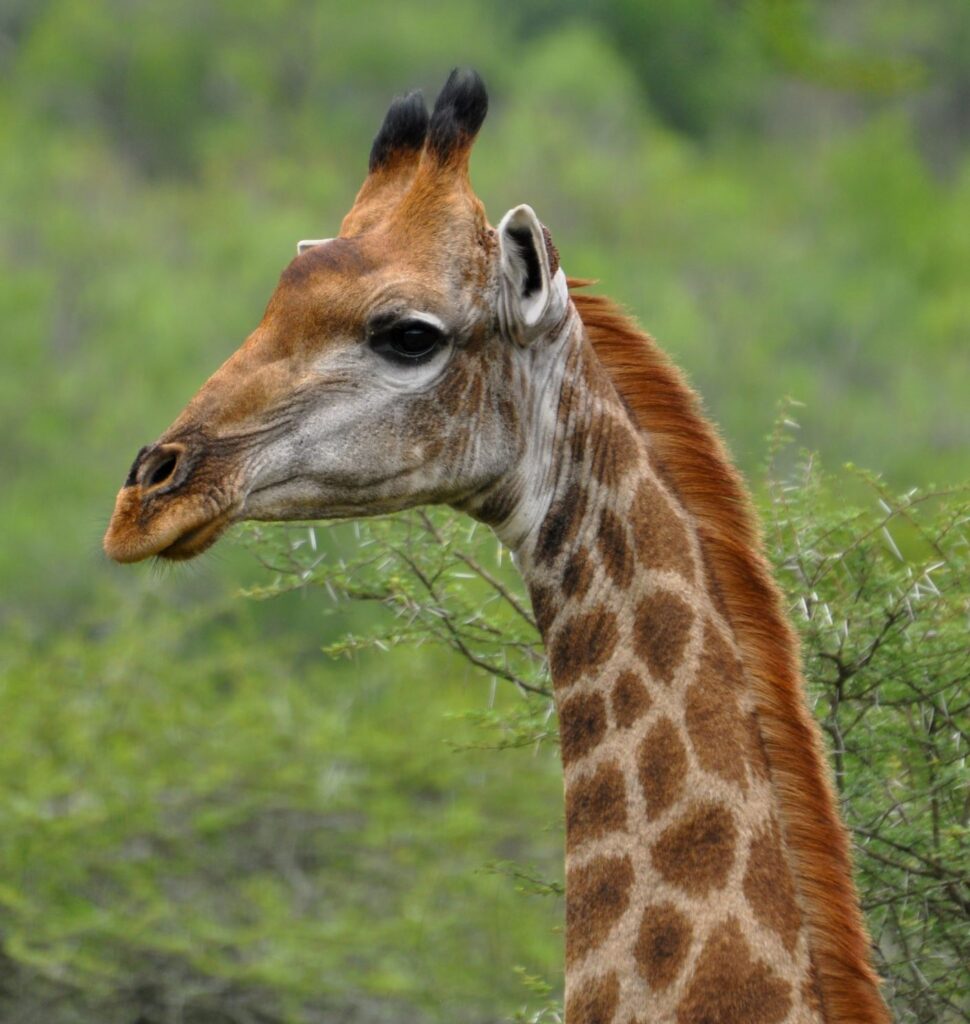
After I bought a car on Saturday (Peace Corps doesn’t allow volunteers to drive, but I’m not a volunteer, just Rich) – a 2006 Nissan xtrail with 4WD – we headed to Mlilwane Wildlife Sanctuary. This is the oldest conservation area in Eswatini. They do some breeding of some of the antelope so they are mostly in large fenced areas, but some of the more common animals, you can see as you walk around. One of the nicest things about game reserves in Eswatini is that there are no big cats (Hlane is an exception), so you can walk or mountain bike in most of the parks. I got in 17,000 steps on Saturday.
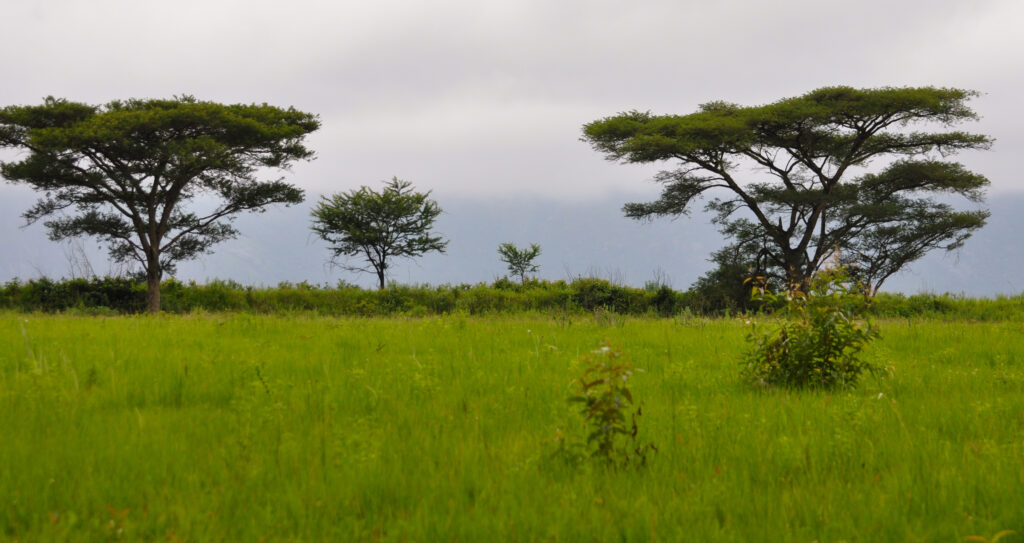
These majestic guys are male nyala, followed by a female and then a baby nyala. Aren’t the baggy shorts on the males and the face-paint on the baby fun? The difference between the males and females in color and size is striking – that’s called sexual dimorphism.
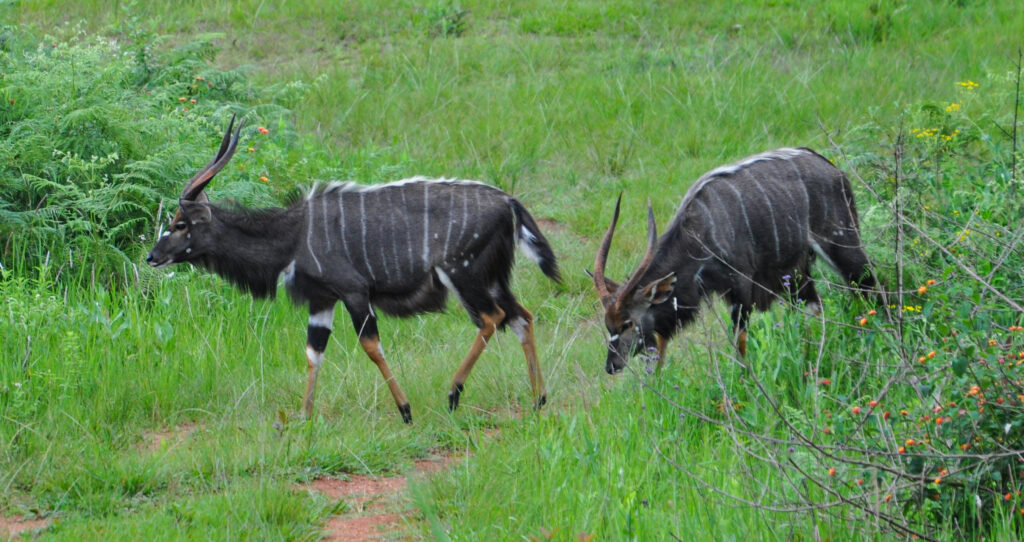
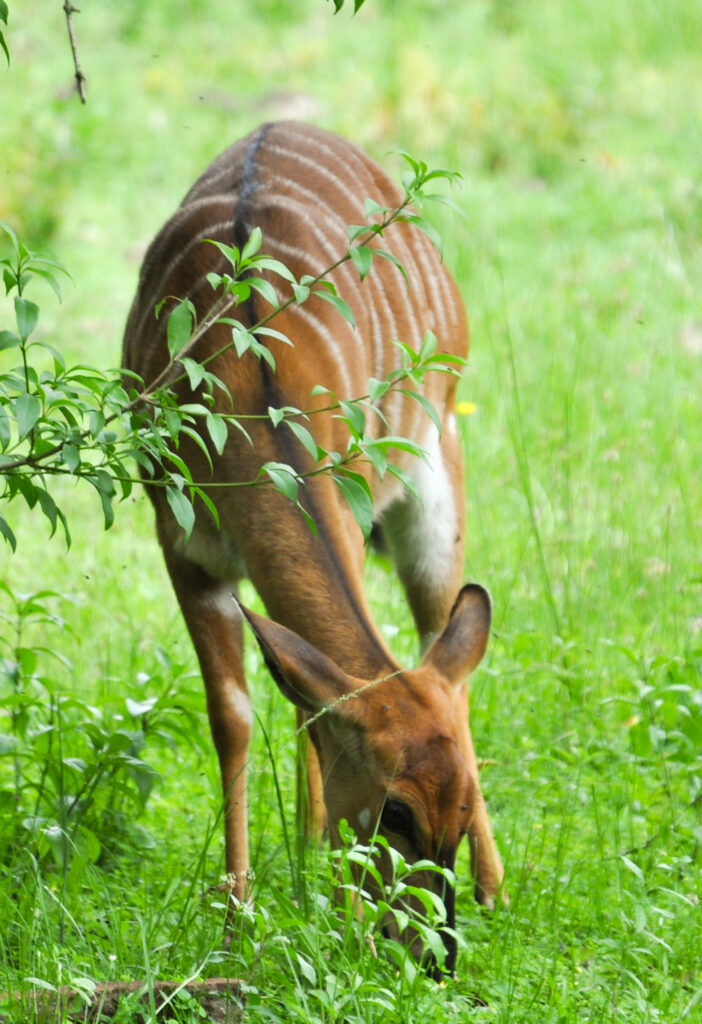
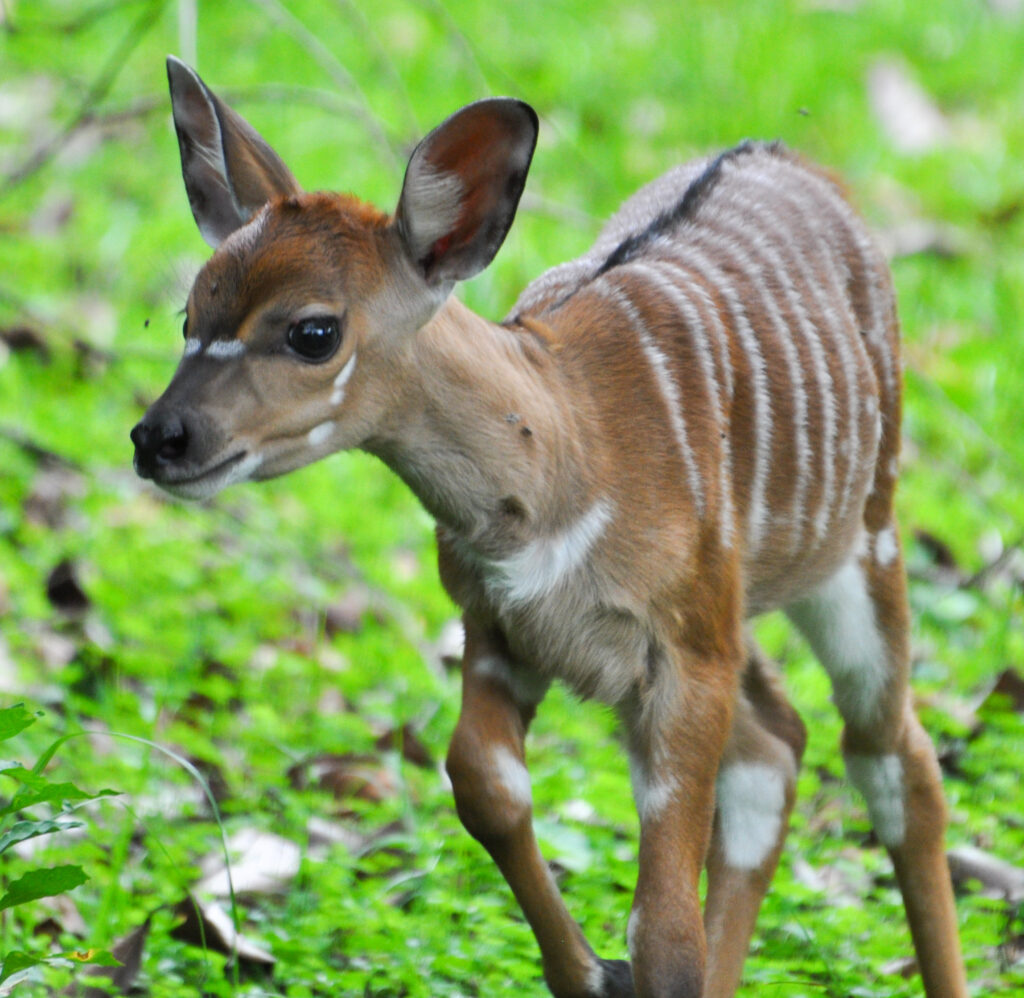
There was a massive female warthog with her cute babies – baby mammals are always cute, aren’t they?
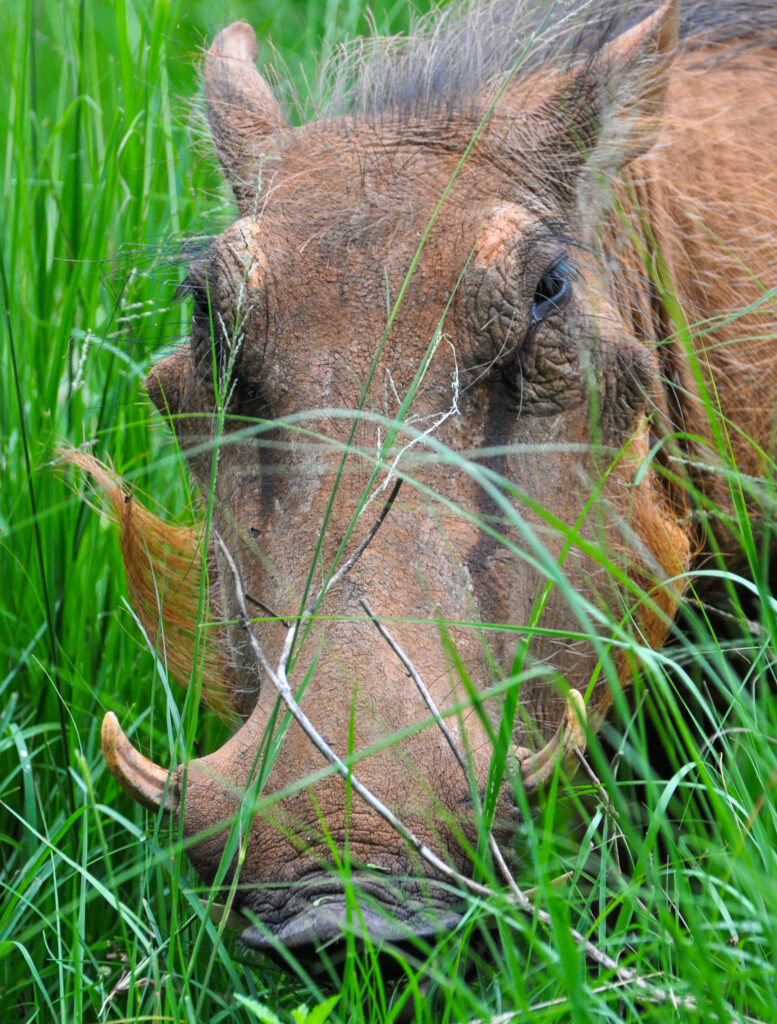
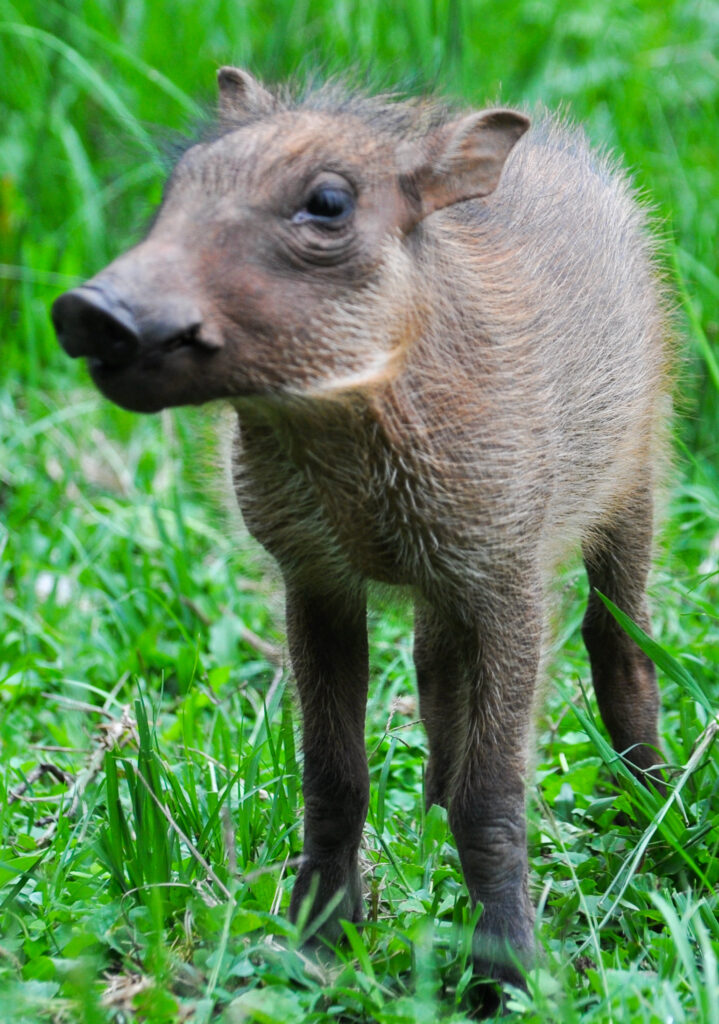
Nice views of zebras along our walk. They always seem fat and happy.
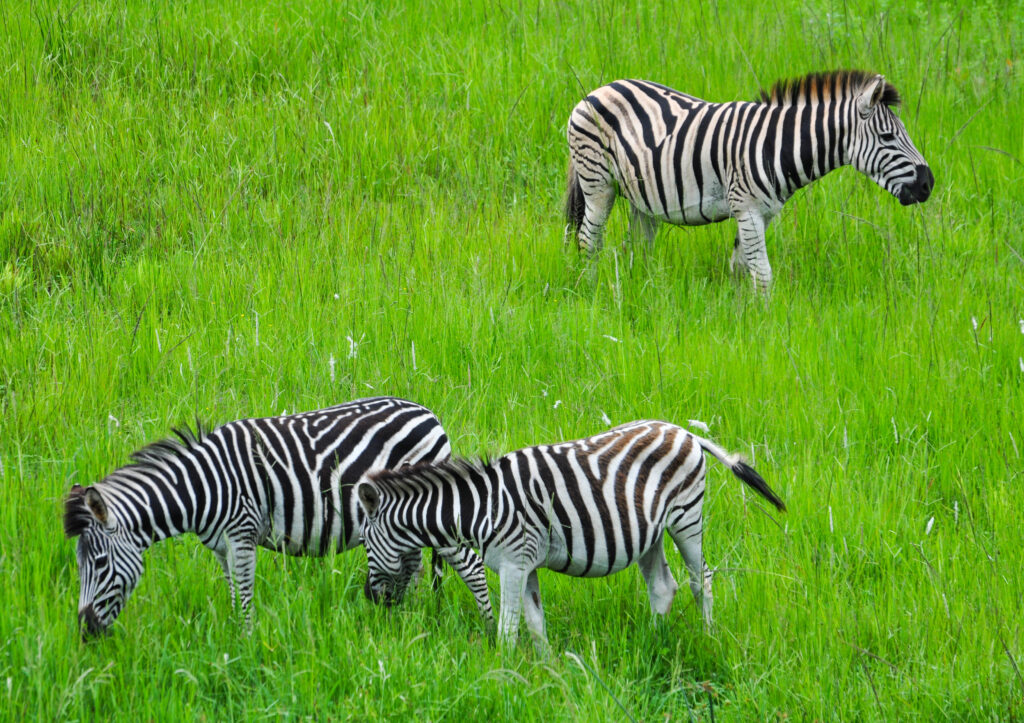
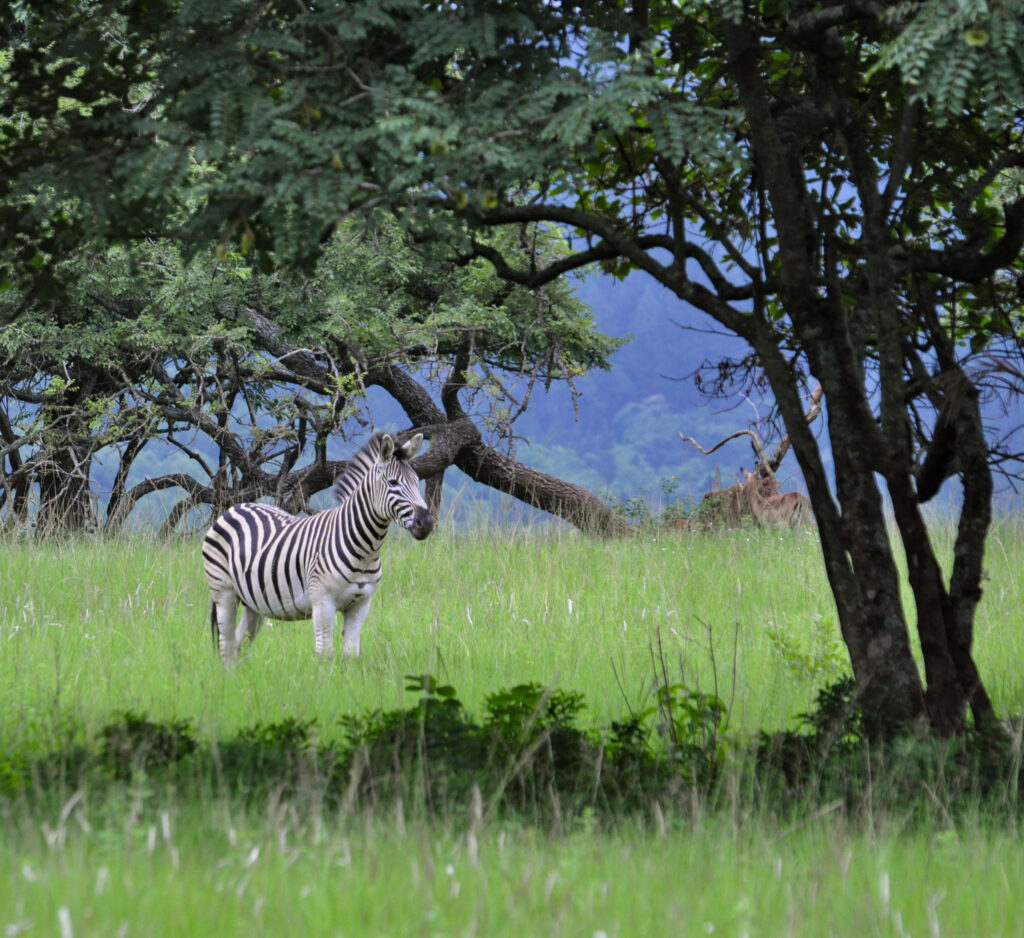
Southern Africa seems to have many more species of antelope than East Africa. I’m not sure why – it may be that there are more habitat types, particularly of forest and woodland. These are blesbok (an Afrikaans name, “bles” being the word for a blaze that you might see on the face of a horse).
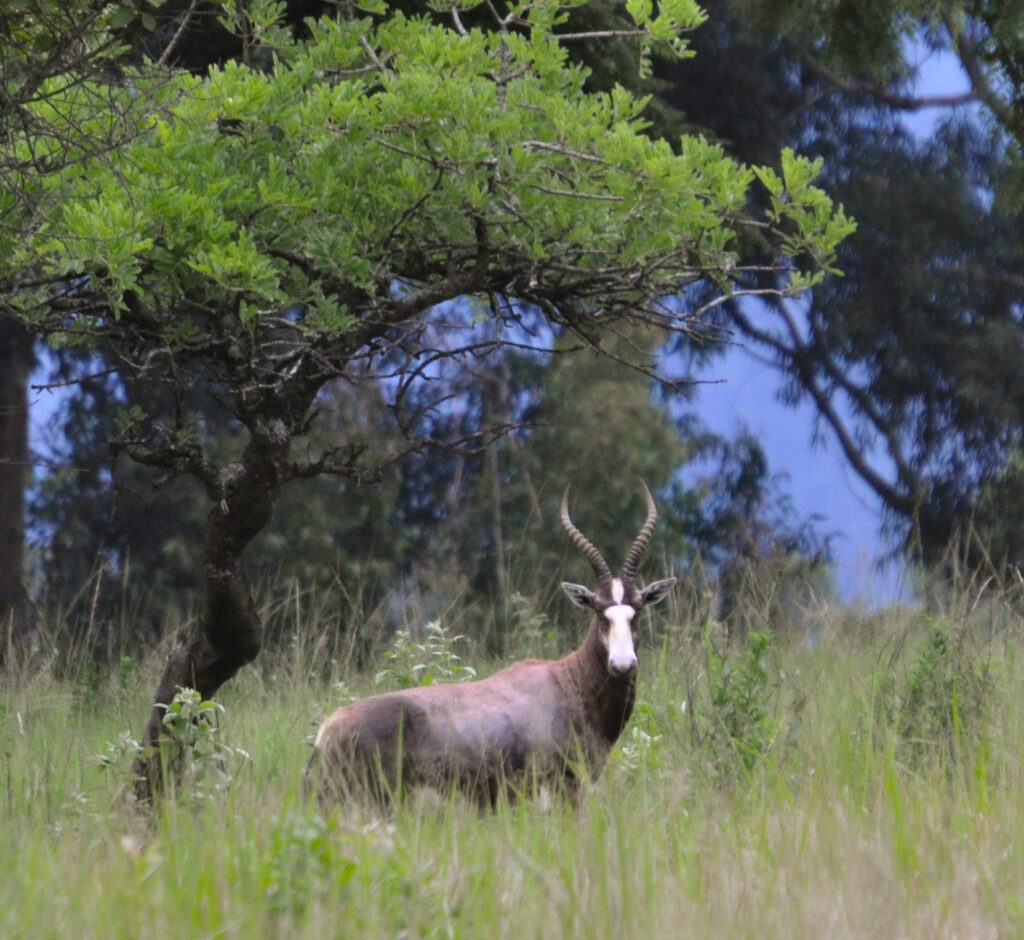
Then springbok, impala and two photos of waterbuck (Rich says they look like they’ve sat on a newly painted toilet seat).
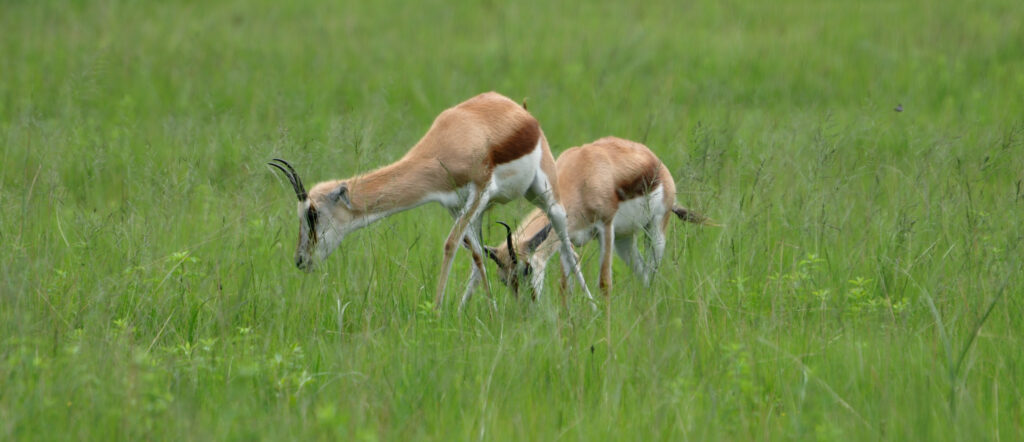
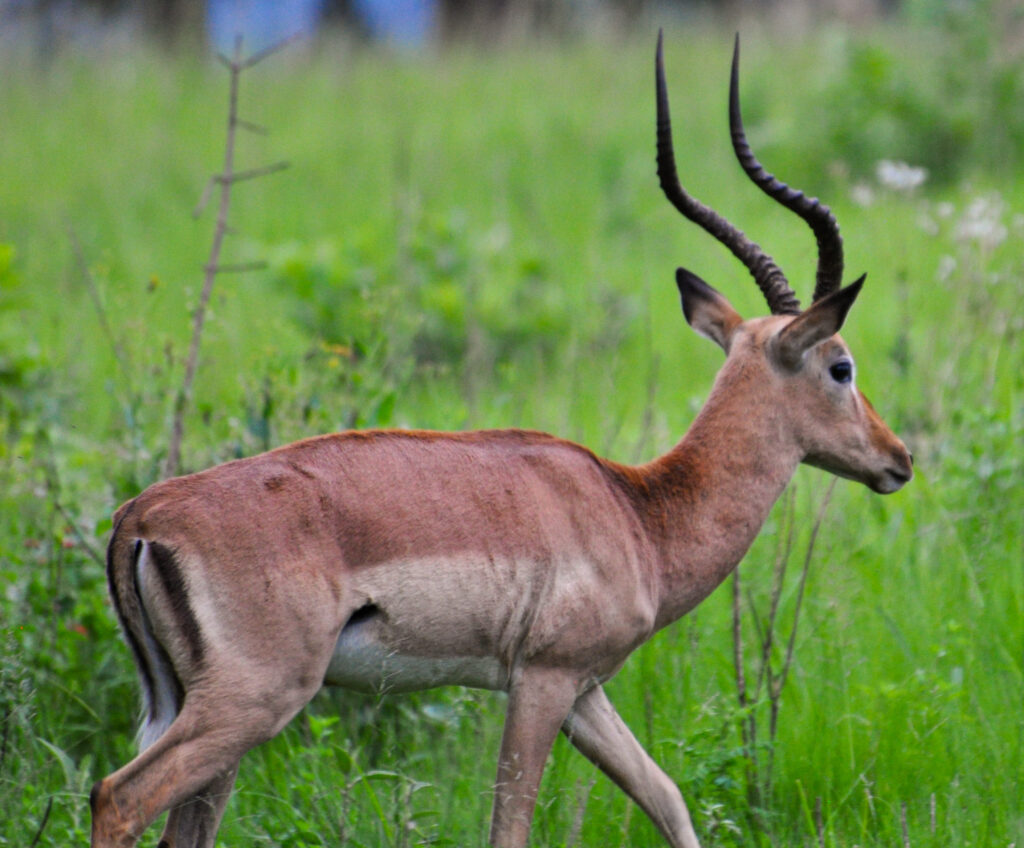

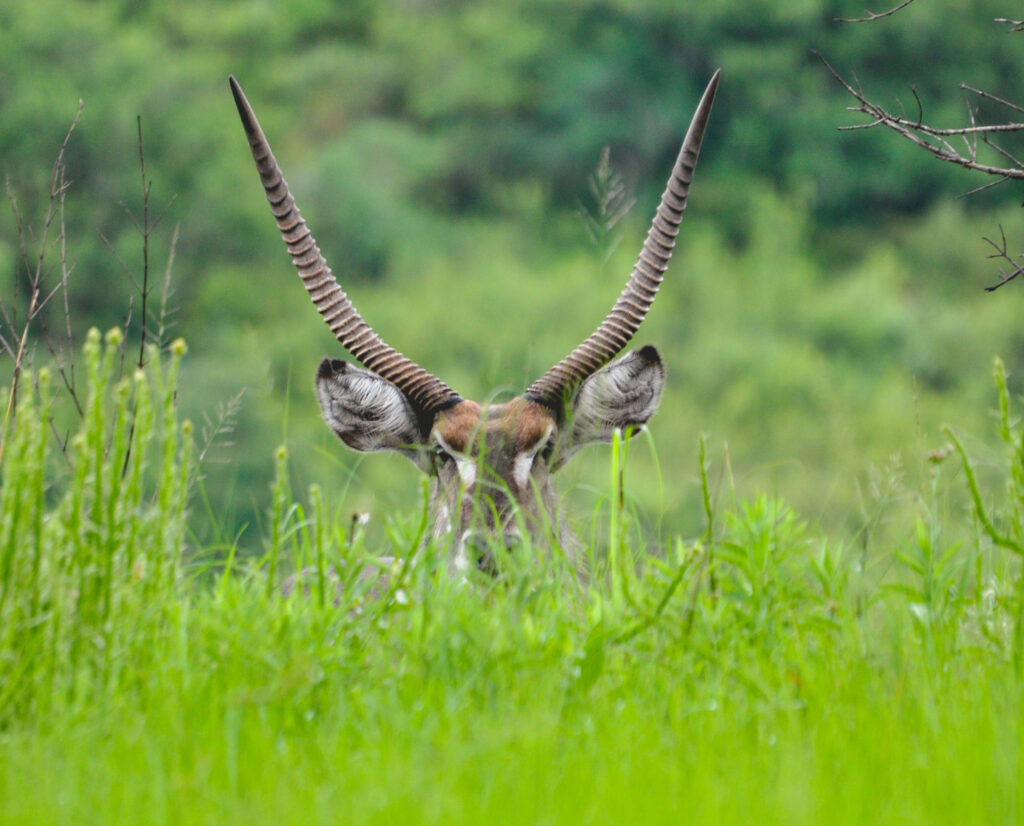
These are roan antelope. These were probably some of the animals in the breeding program. The second shot shows the male tapping at the back of a female. They didn’t mate. Note he has tubes over his horns. Not sure if that’s to protect the females or other males.
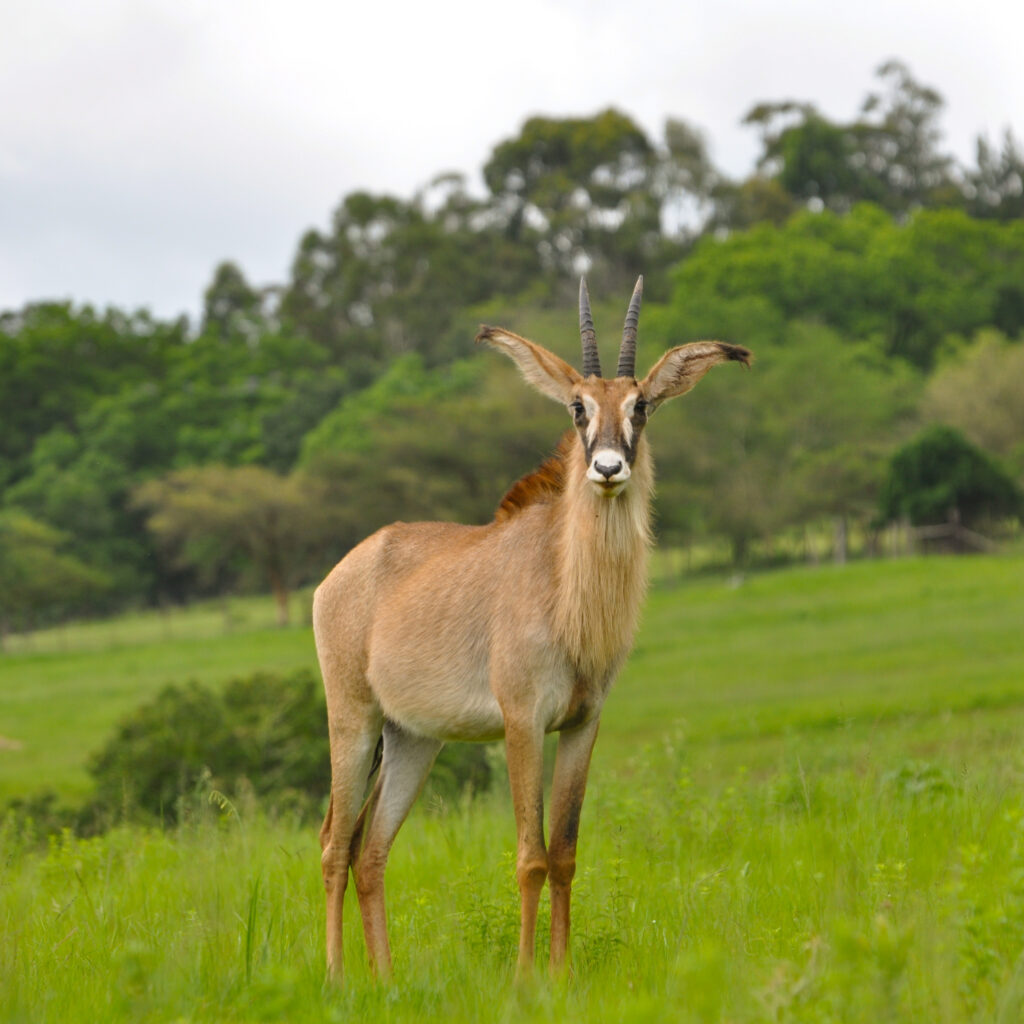
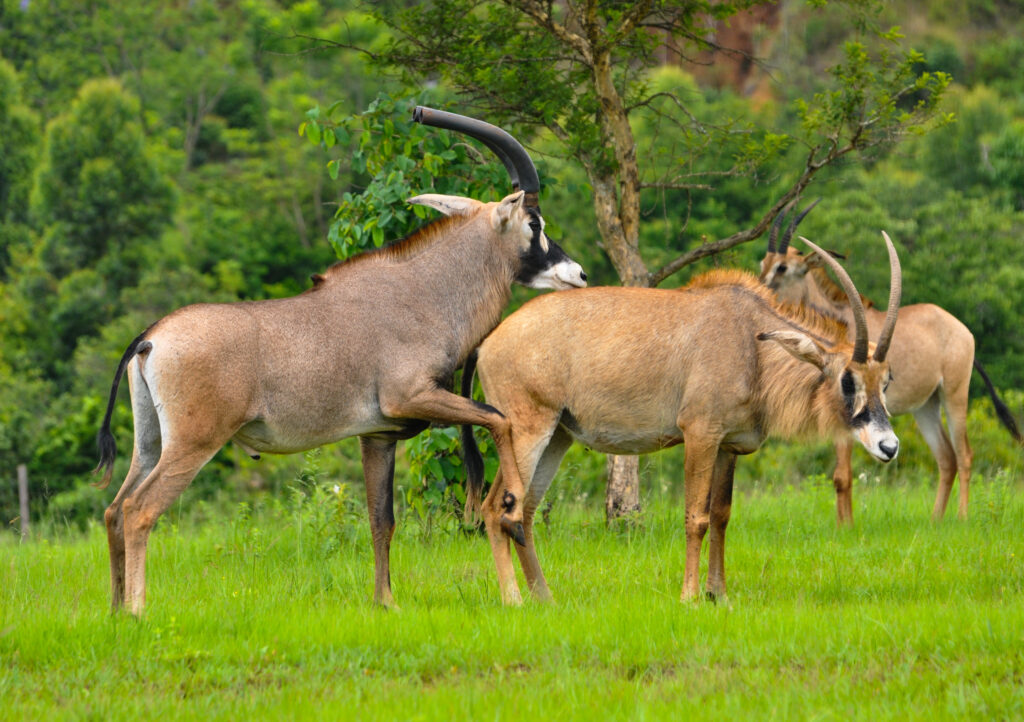
Lots of great birds. This first one, the white-fronted bee-eater was really common. On our hike, we found that they nest in the sides of cliffs, just boring a hole into the dirt.
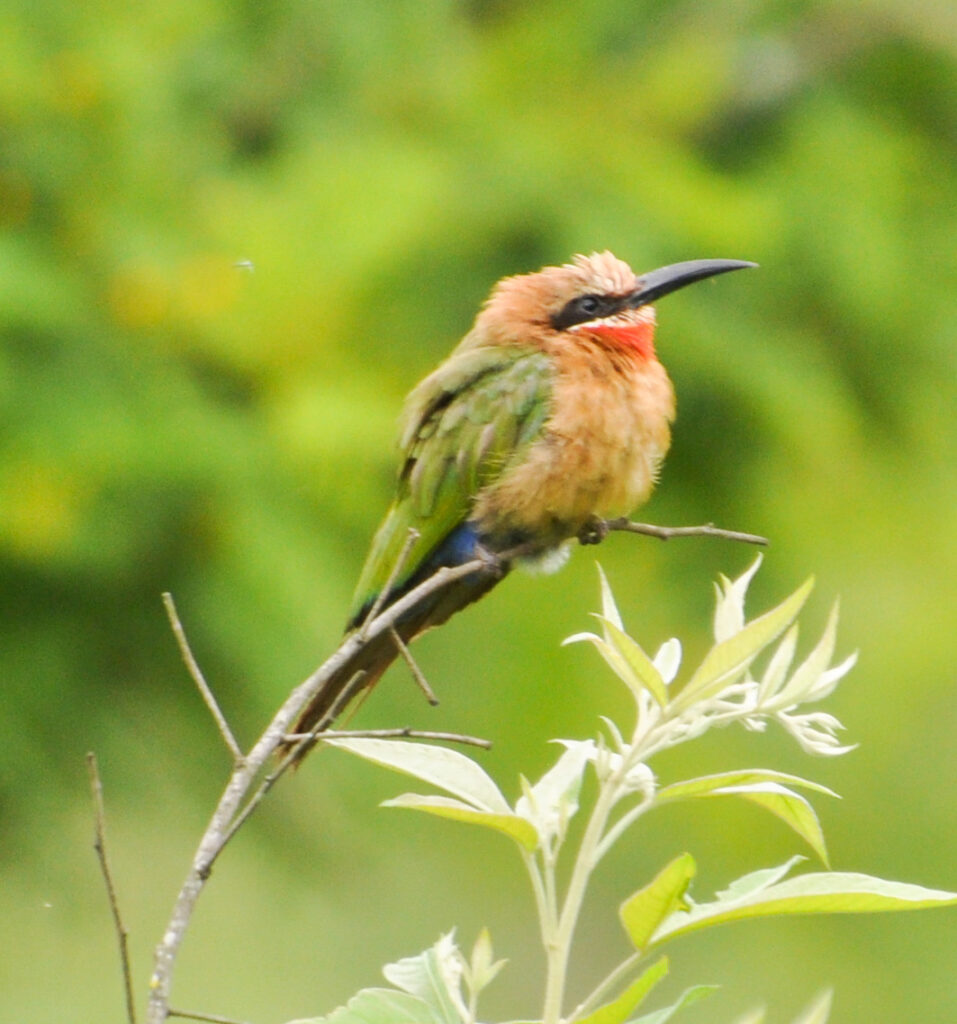
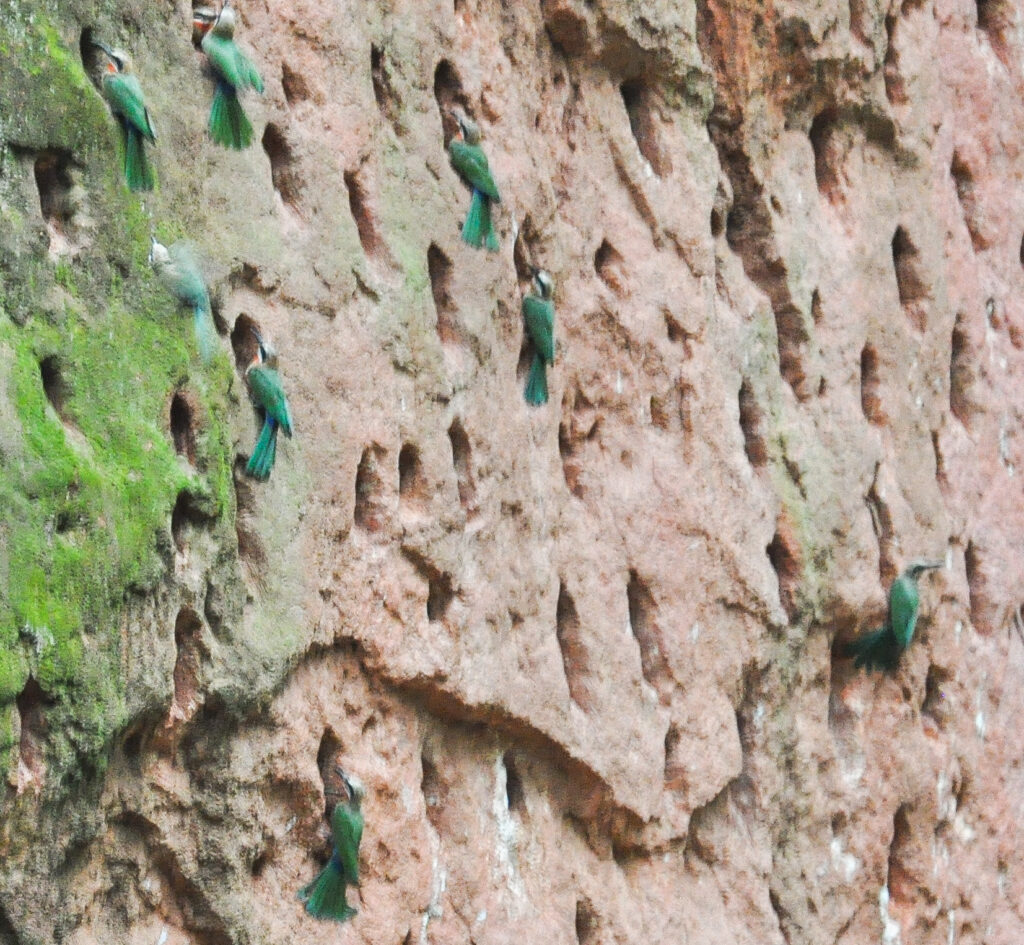
Here is a village weaver. Notice the difference between its nest and the thick-billed weaver’s nest which I posted about earlier. The nest dangles from a tree branch rather than being built on two cattails. I think the tree with all its nests and birds looks like an African version of a Christmas tree.
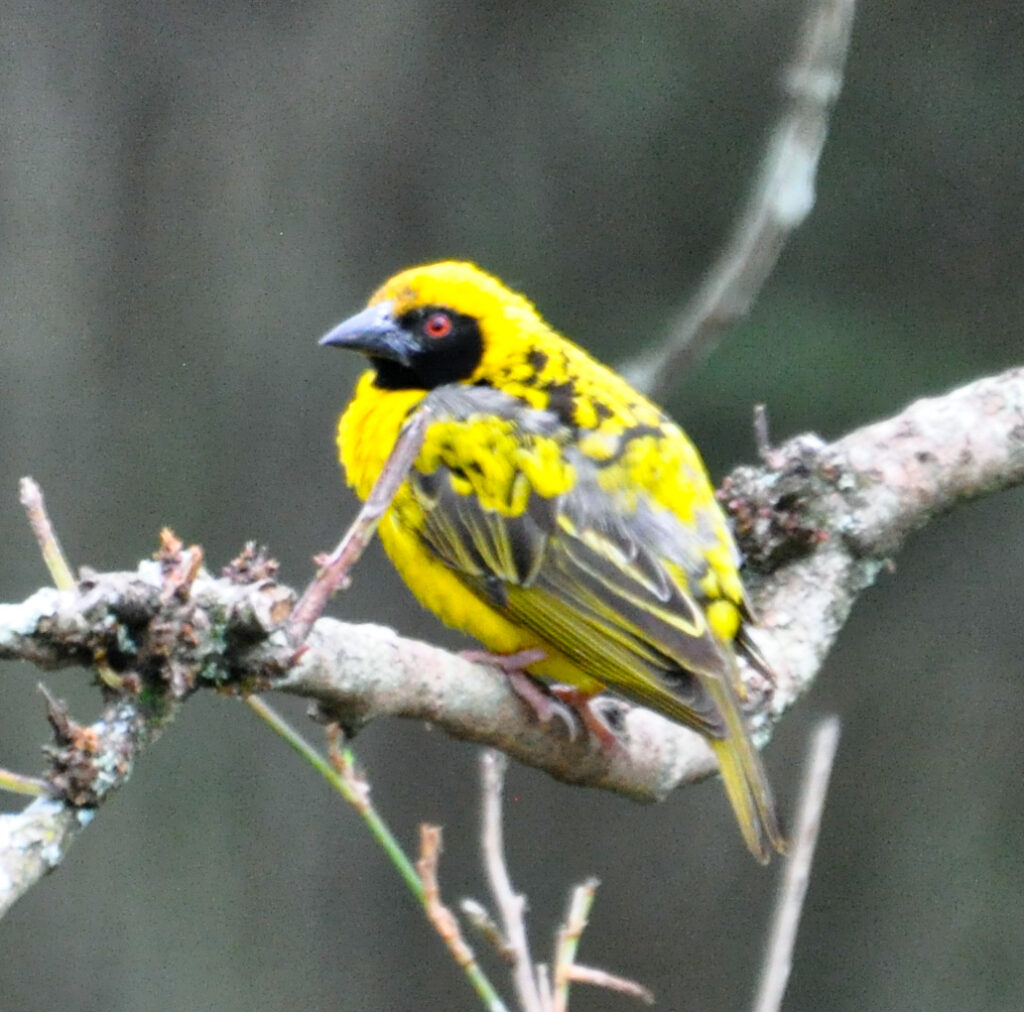
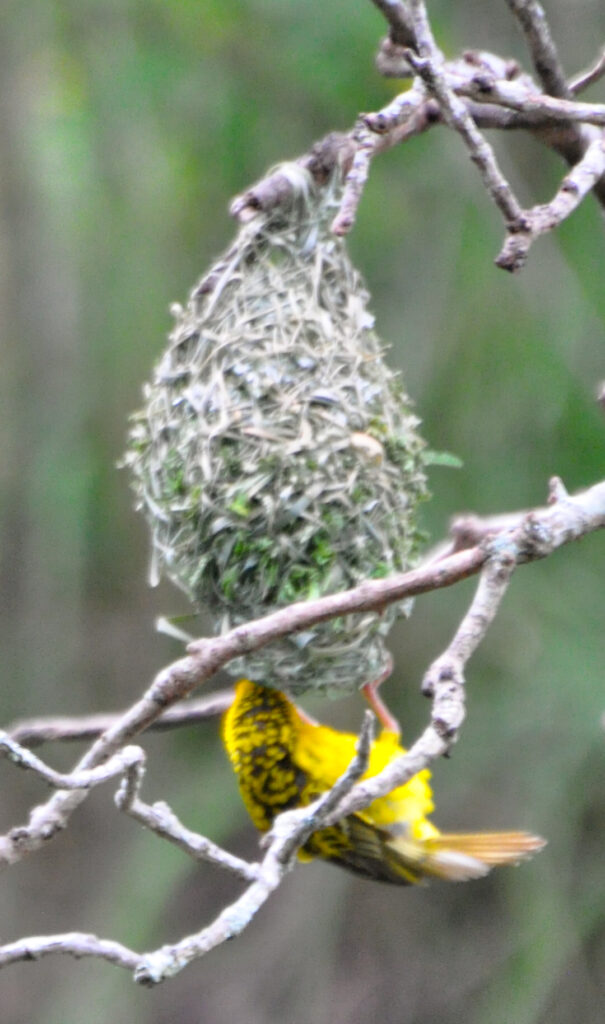
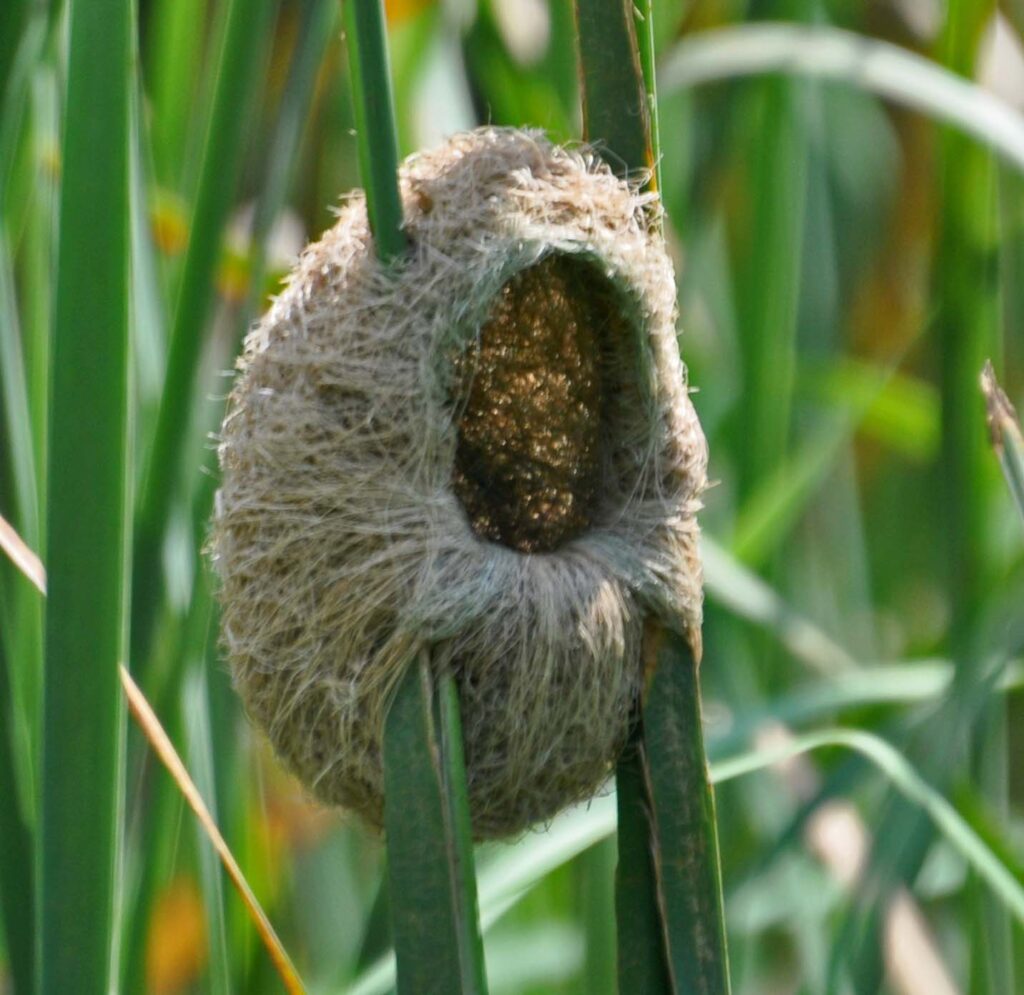
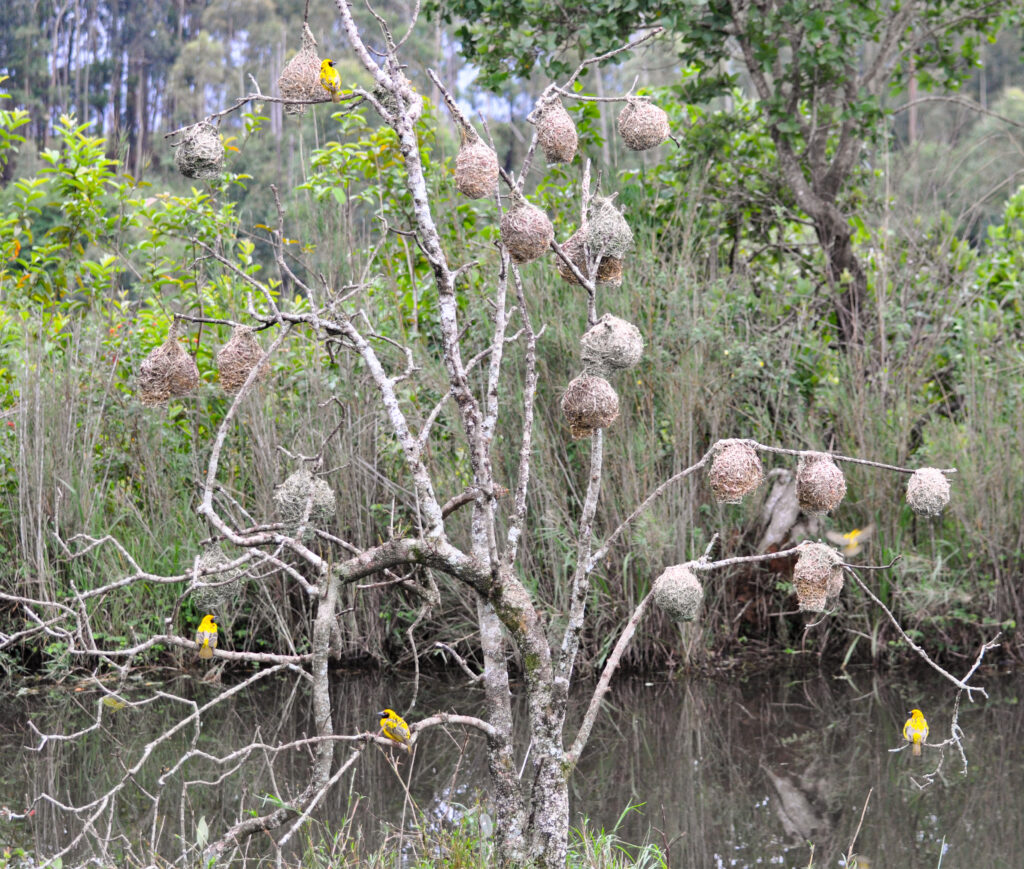
This is a hamerkop which has a head that has been likened to a hammer. It is a monotypic family (that is, this is the only species in it) and found only in Africa and Madagascar.
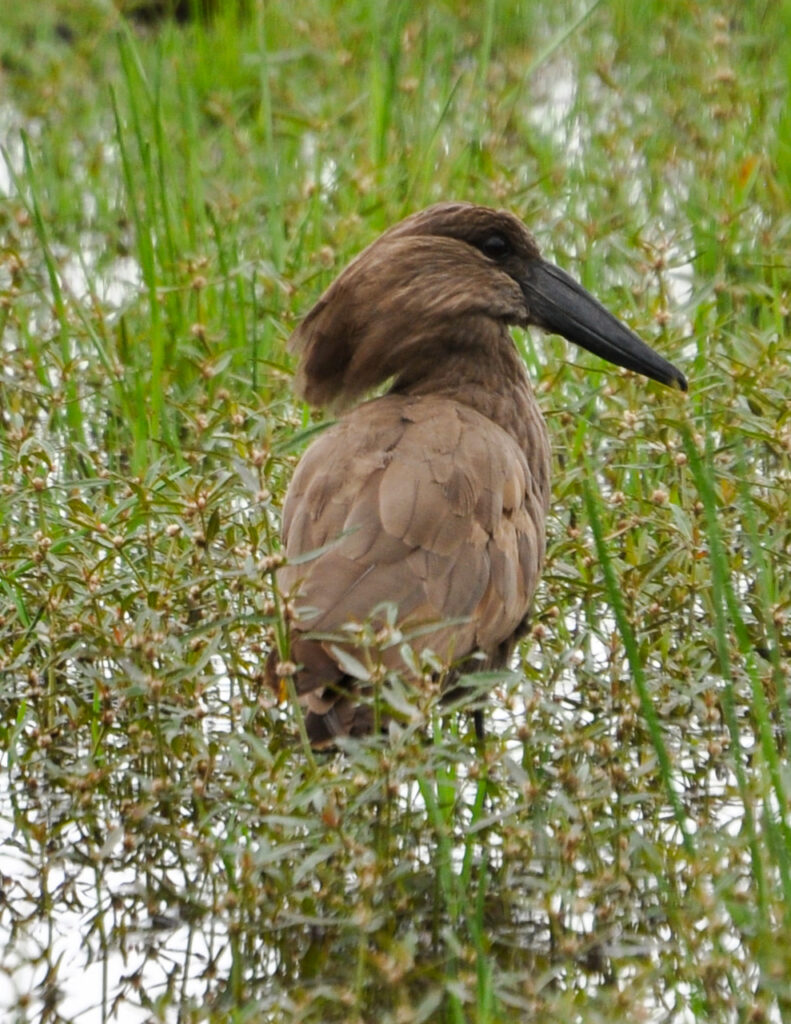
These Southern Red Bishops are closely related to the weavers. Isn’t the red amazing?
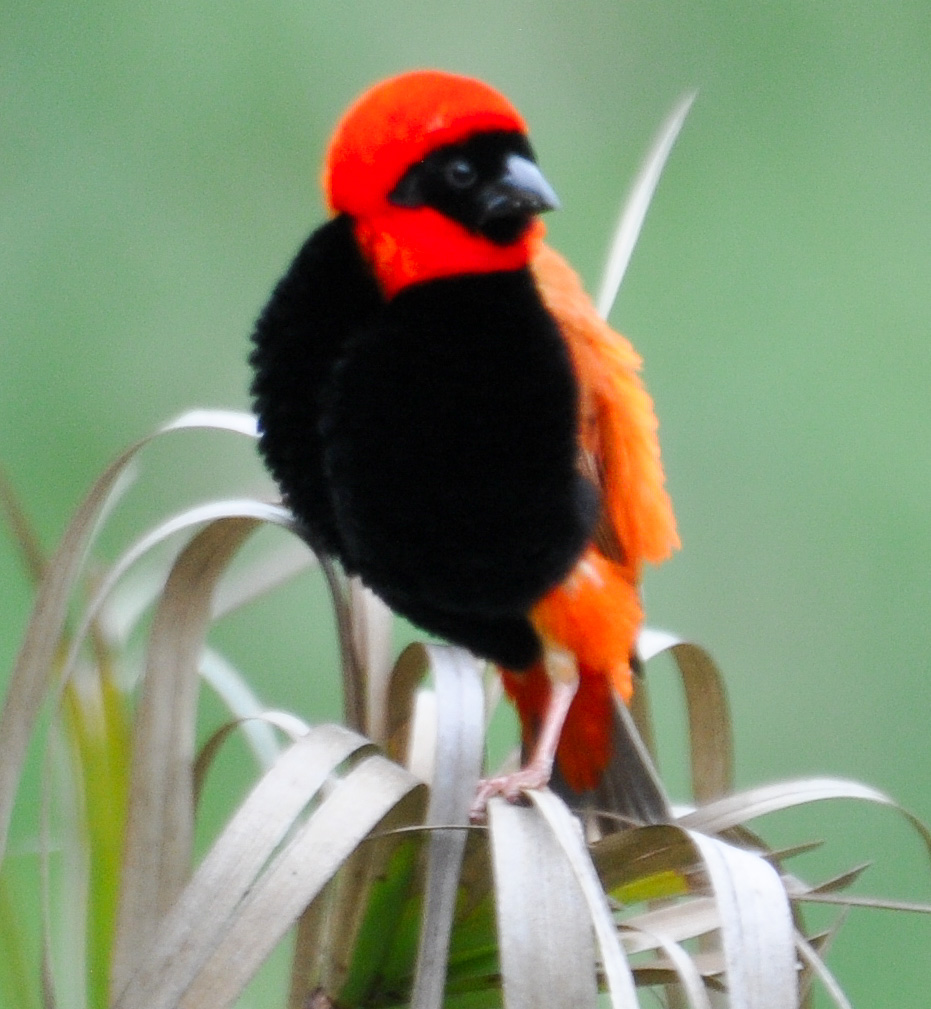
The first time we saw these ground hornbills in Tanzania, we thought Gary Larson should have made a Far Side cartoon about them posing as cowboys.
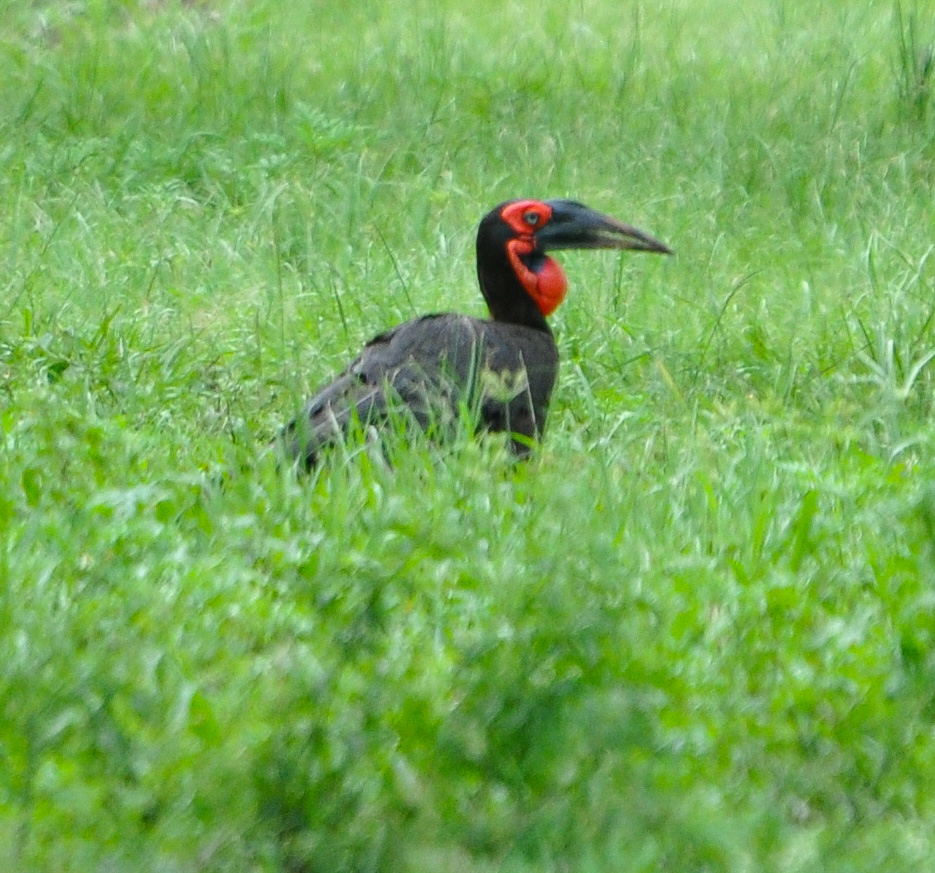
These Blue Cranes were doing mating dances, but unlike our sandhill cranes, they were running all over the place, and then would come back together to dance.

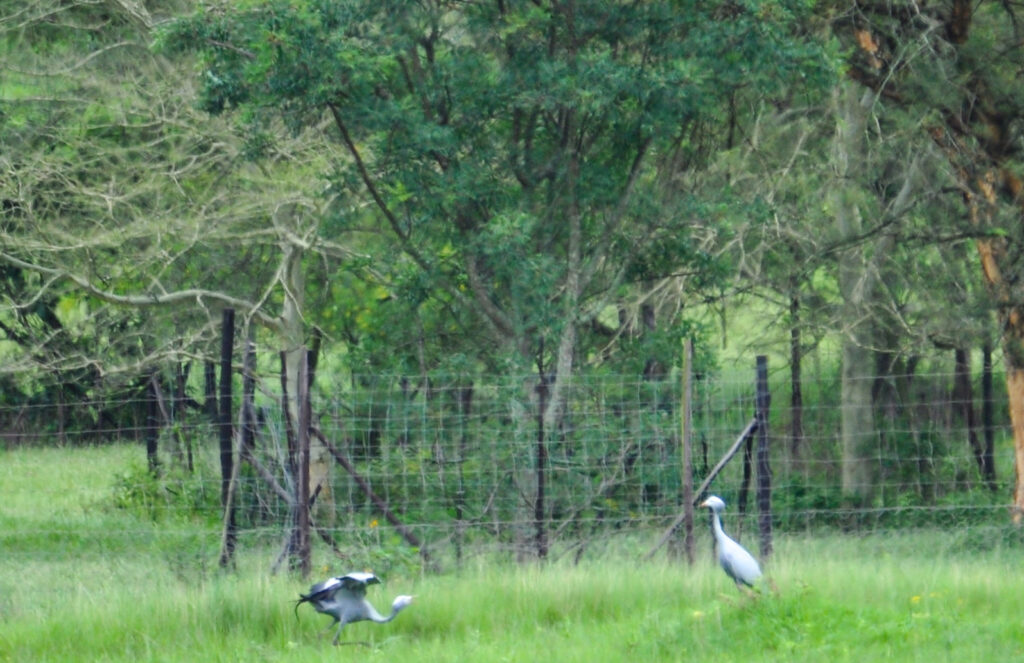
At the lodge, there was a display about poaching with snares. Rich remembers the rangers gathering snares like this at Mwalula Nature Reserve when he worked there as an ecologist with Peace Corps back in the 1980s.
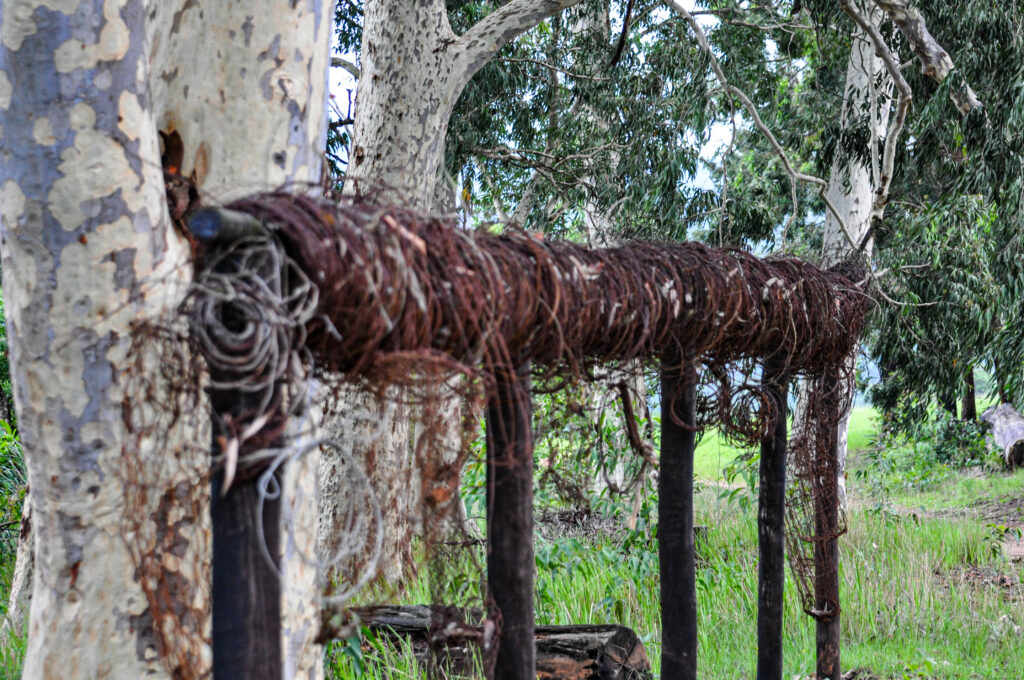
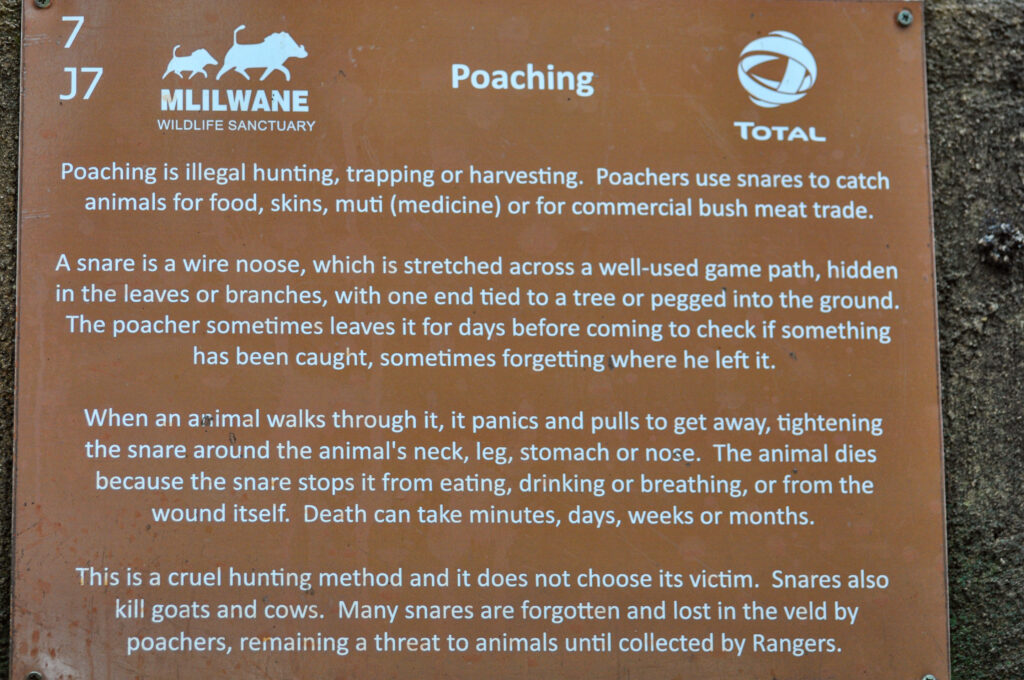
On Sunday, we climbed Execution Rock (Nyonane Peak), where stories say that local people suspected of witchcraft or criminal activity were forced to walk off the cliff at the point of a spear (www.thekingdomofeswatini.com). It was a lovely view of the valley. And here’s Rich, going up a ladder to cross a fence.
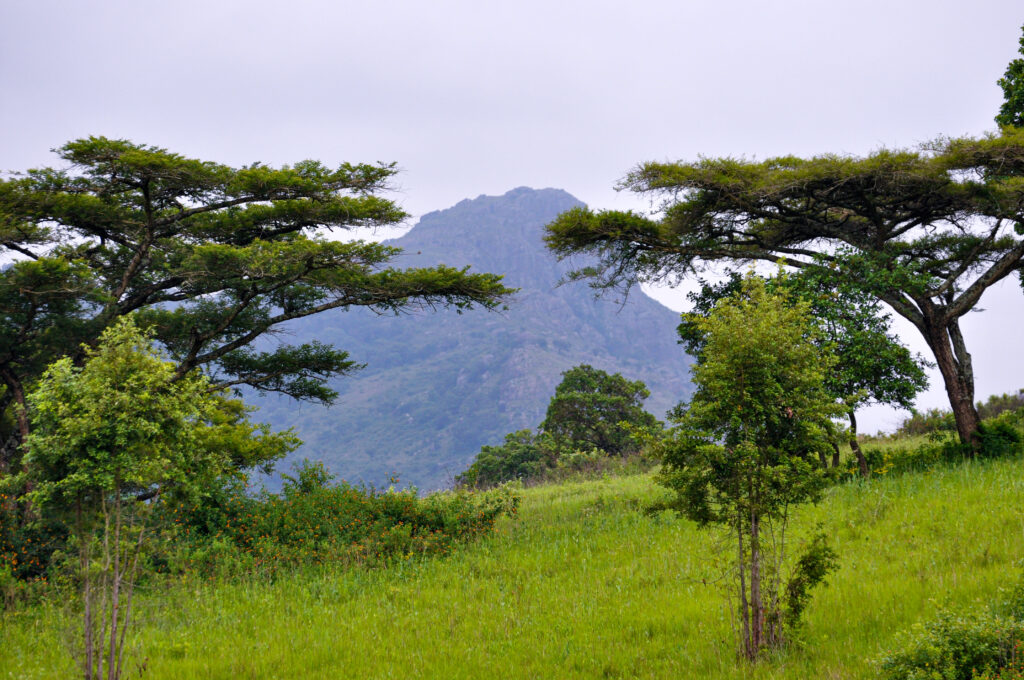
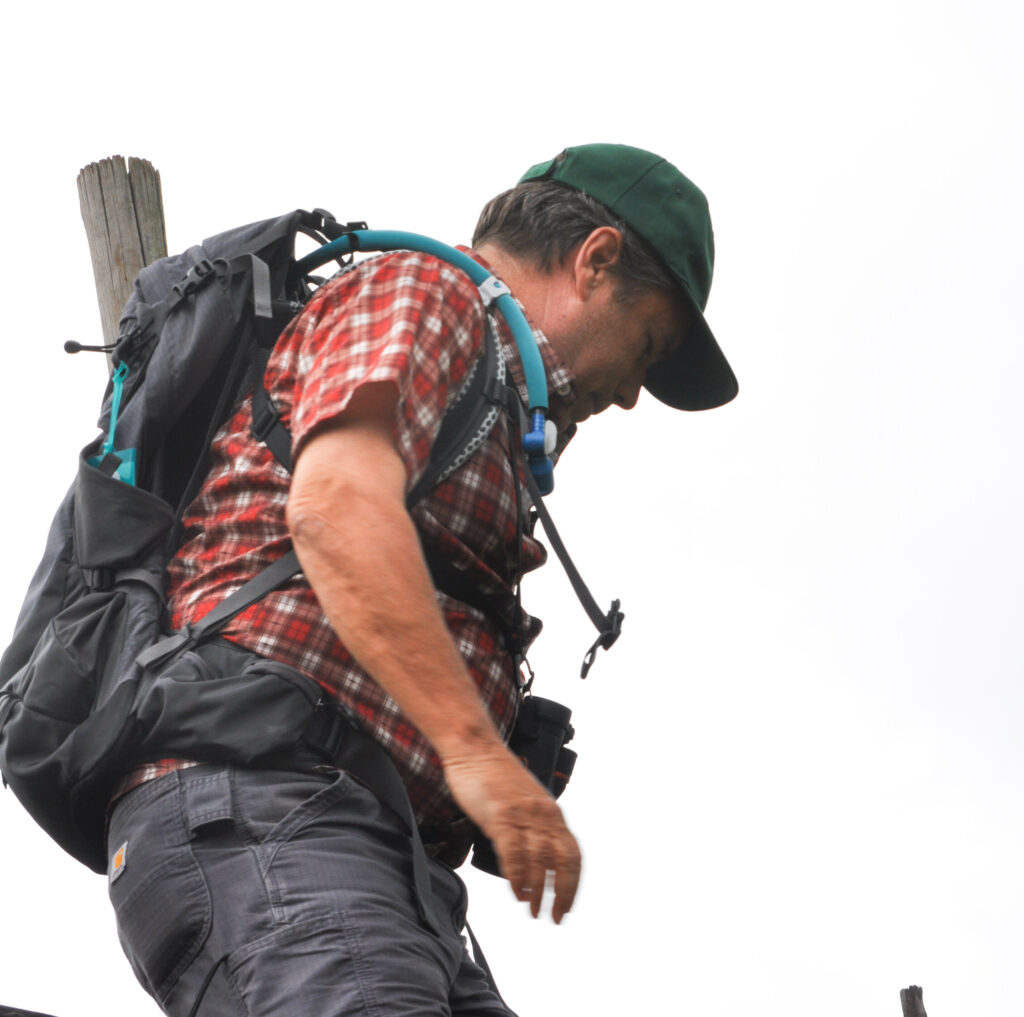
And we did see a crocodile – don’t worry, it was when we were driving out, from the car!
